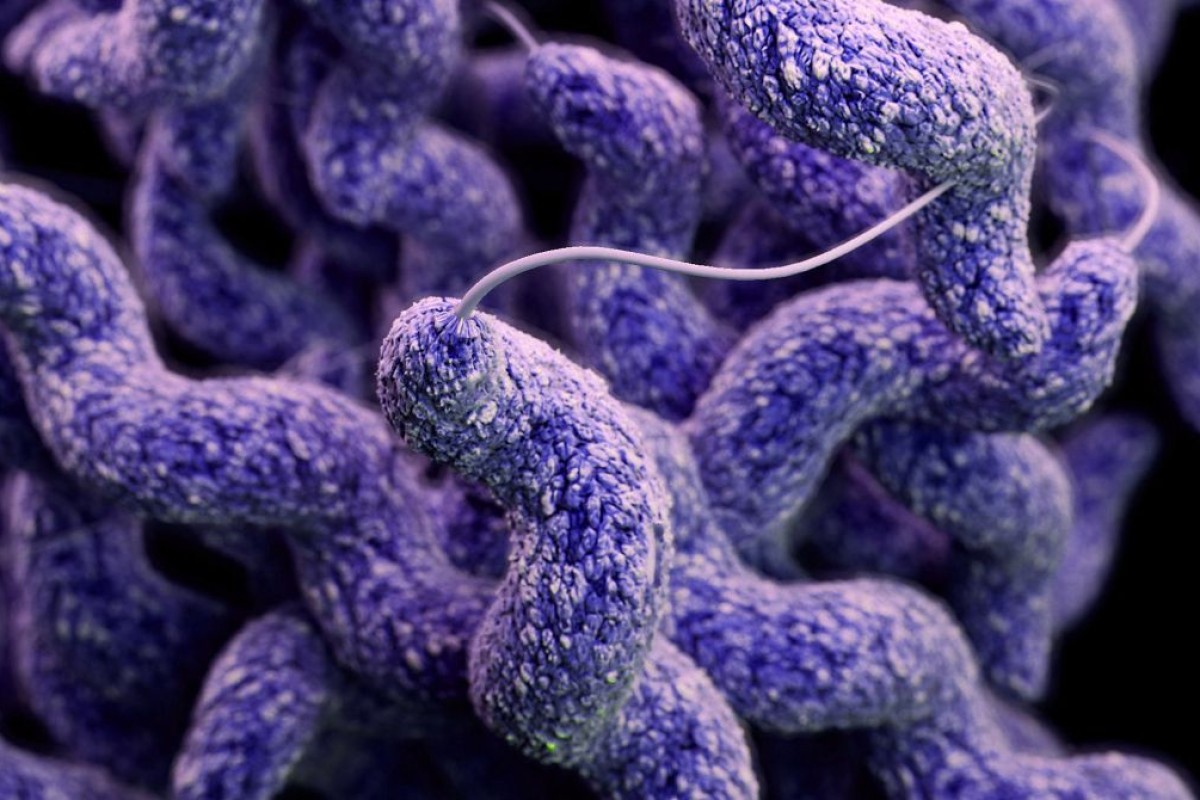Campylobacter Food Poisoning: Far From a Mild Dose of The Runs

I overheard someone remark recently that food poisoning is a mild illness which can even help you lose weight.
It reminded me of this clip about the fitness fanatic who contracted Campylobacter food poisoning and developed Guillain-Barré syndrome. In this case, it made him paralysed. I have seen a friend go through similar slow recovery from this syndrome, so I know how dreadful, painful and frankly frightening it is.
Simple precautions can help you avoid a similar experience. If we think about the chain of infection, the places where we can break that chain become very obvious and are inexpensive. In the clip, Dai talks about the importance of cooking chicken to prevent illness, but there is more to it than that. Perhaps he did cook his chicken properly, so what was it that made him ill?
Campylobacter is infectious in very low numbers. If it exists on foodstuffs, or on food packaging, or in the outdoors, contamination by hand transferred to your mouth is enough to make you very ill. It doesn’t require any fancy incubation of bacteria or production of toxins. Just around 500 microscopic bacteria on a finger tip will do the job.
It may not actually be the food Dai that caused him illness. Another statistic that that foxes people is that the symptoms take a few days to appear, so tracking back to find out what the cause was is very tricky.
In the diagram below you can see how complex the spread of infection can be in the kitchen. It could also occur outdoors, or during play with infected pets, in these circumstances via your hands to food or directly if you bite your nails, suck your thumb, touch your eye - and so on.
 Despite progress on reducing Campylobacter in chicken, it is still prevalent. Just because you can’t see it, don’t assume that it isn’t necessary to take measures to prevent illness when handing chicken.
Despite progress on reducing Campylobacter in chicken, it is still prevalent. Just because you can’t see it, don’t assume that it isn’t necessary to take measures to prevent illness when handing chicken.
So here are my Ten Tips to prevent Campylobacter food poisoining;
- When shopping for raw meats and poultry, keep these items away from ready-to-eat foods in your trolley and bag them separately. Even better, if you have an anti-bacterial bag for life, use that.
- Wash your hands when you arrive home, after packing these foods safely in the fridge away from ready-to-eat foods (I have a fridge box or drawer just for raw meats).
- When preparing chicken, get ready first! Get all your utensils and ingredients out so you don’t have to touch door handles with contaminated hands.
- Don’t wash your chicken – that sprays bacteria all over the place, and it is not necessary.
- I use a fork to get my chicken out of the pack, and cut it up using a fork to hold it on the board. whole chickens get a two fork treatment to get them in the roasting dish. That way I am not coating my hands and nails with Campylobacter.
- Get it in the pan or oven, preferably without touching it and then so long as you cook it to over 75 °C in the centre (I use a thermometer) then Campylobacter should be killed.
- But the mess you’ve left behind – that is what could cause infection – anything that has been contaminated needs to be disinfected, from utensils and worktops to anything your dirty hands may have touched (phone, screens, handles, cooker knobs, kettle etc).
- The best way to disinfect utensils is in the dishwasher on a hot setting, but if you don’t have a dishwasher, wash in hot soapy water, then I would tip the wash water away (don’t use for anything else) and then very carefully pour a kettle of just boiled water over the items in the sink as a disinfecting rinse, (please don’t scald yourself) or use an anti-microbial spray.
- On surfaces, you need to clean and sanitise and hot soapy water won’t be hot enough (if you can bear the heat with your hands it is not hot enough). Use a squirt of anti-bacterial spray, leaving it on the surface for a couple of minutes, and then remove with paper towel. Even if you don’t like using chemicals, targeted hygiene is worth it for peace of mind, and we are not talking bucket loads anyway!
- Finally, I can’t write a blog without saying that hand washing is absolutely key – after handling raw meat and poultry, wash your hands thoroughly with soap and dry them (I would use a piece of paper towel). After doing the cleaning up, wash your hands again.




